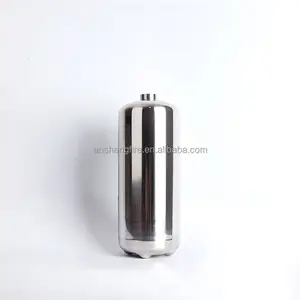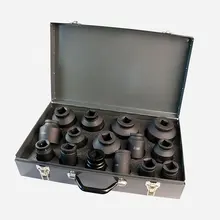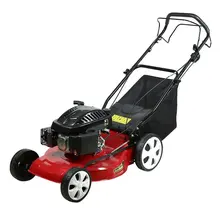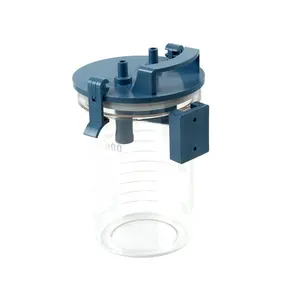A Comprehensive Guide to Air Pressure Containers
Within the industrial and construction sectors, air pressure containers serve as critical components for a variety of applications. These vessels, designed to store air under pressure, are integral in systems requiring pneumatic power. This guide delves into the nuances of these containers, exploring their types, applications, features, and materials.
Types and Applications of Pressurized Air Containers
Pressurized air containers come in various models to suit different operational needs. From small, portable units for hand-held tools to large, stationary tanks for industrial use, the versatility of these containers is vast. They are commonly used to operate pneumatic equipment, in HVAC systems for climate control, and in the automotive industry for tire inflation and brake systems.
Features and Efficiency of Air Pressure Vessels
The efficiency of an air pressure vessel is paramount, as it directly impacts energy consumption and operational costs. Modern containers are engineered to be leak-proof and durable, ensuring that air is maintained at the required pressure without frequent recharging. Their compact design allows for optimal space utilization, while their ability to lift fluids from significant depths showcases their robust performance.
Materials and Durability
The construction materials of an air pressure tank are chosen for their strength and corrosion resistance. Typically made from steel or aluminum, these containers are treated to withstand harsh environments and resist wear, ensuring longevity and consistent performance. The selection of material also affects the weight and portability of the tank, with aluminum offering a lighter option for mobile applications.
Choosing the Right Air Pressure Container
Selecting the appropriate pressurized air container requires consideration of several factors. The capacity of the tank should align with the demand of the application, while the shape and size are determined by the available space and the system's configuration. Flow rate is another critical aspect, with different models offering a range of rates to accommodate specific requirements.
Advantages of Utilizing Quality Air Pressure Containers
Employing a well-crafted air pressure container can lead to enhanced efficiency in operations. These containers are pivotal in maintaining the continuity of work, especially in applications like drilling where mud circulation is essential. The right container minimizes energy usage and maximizes the effectiveness of the machinery it supports.










































 浙公网安备 33010002000092号
浙公网安备 33010002000092号 浙B2-20120091-4
浙B2-20120091-4